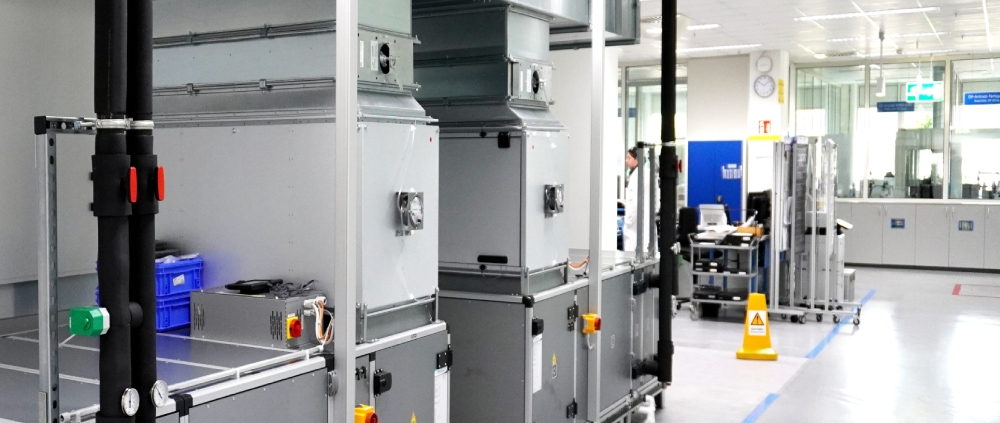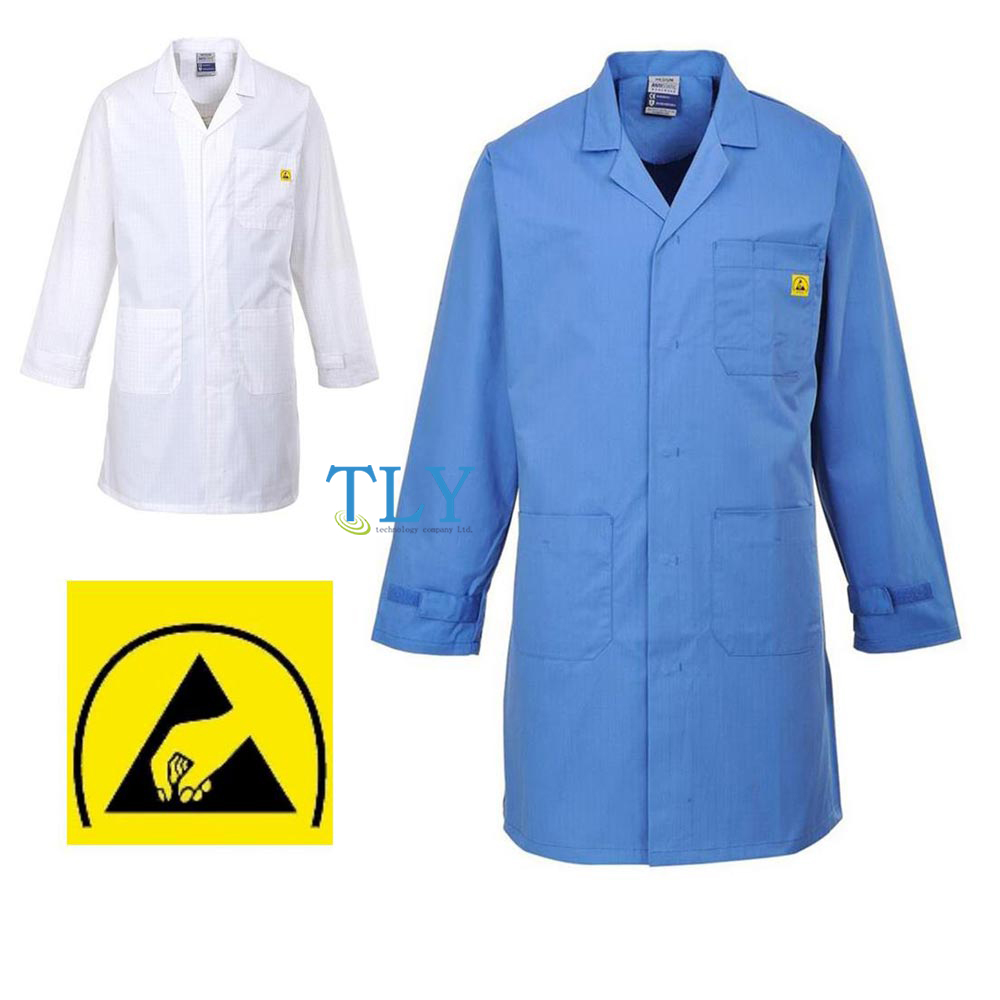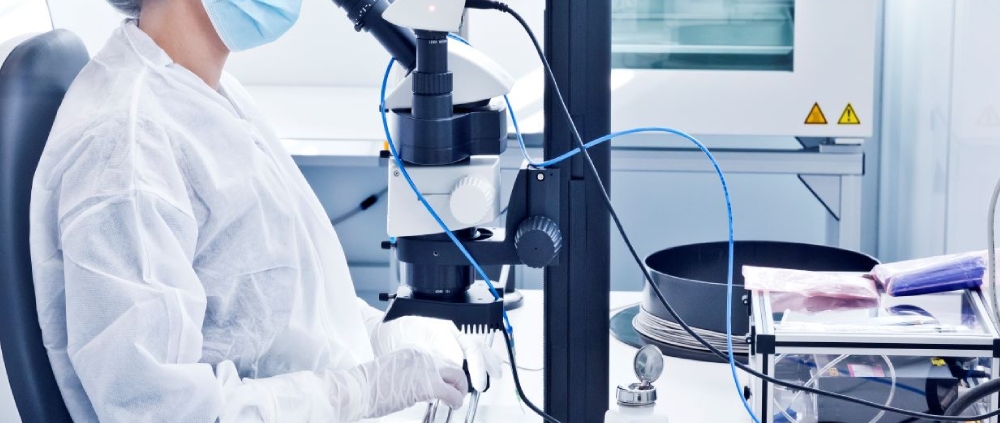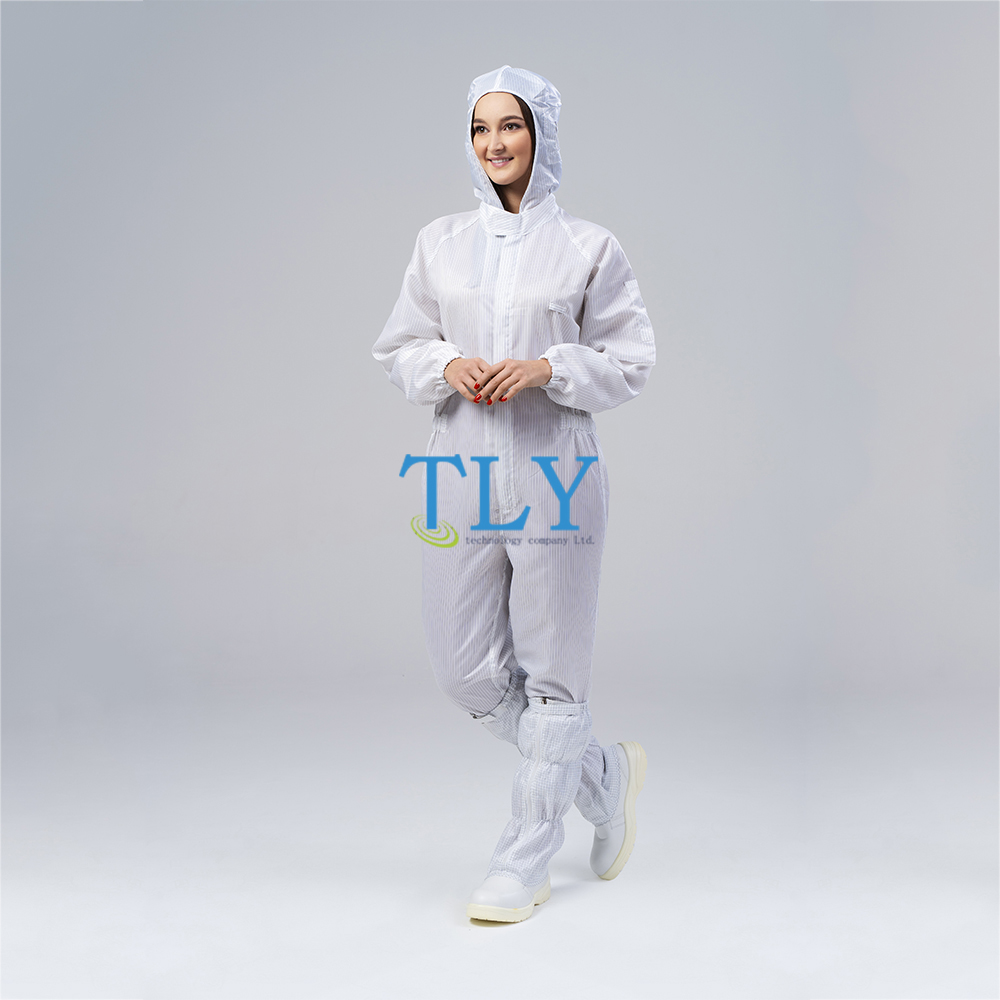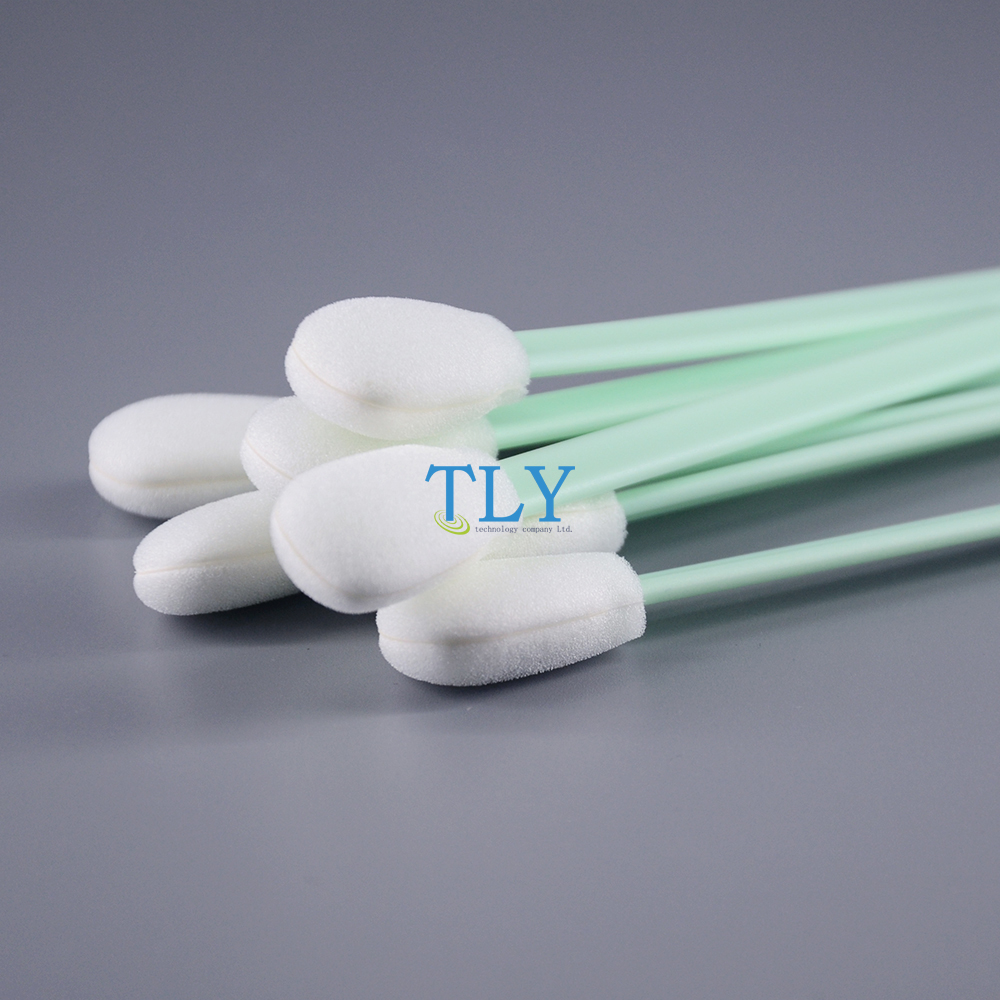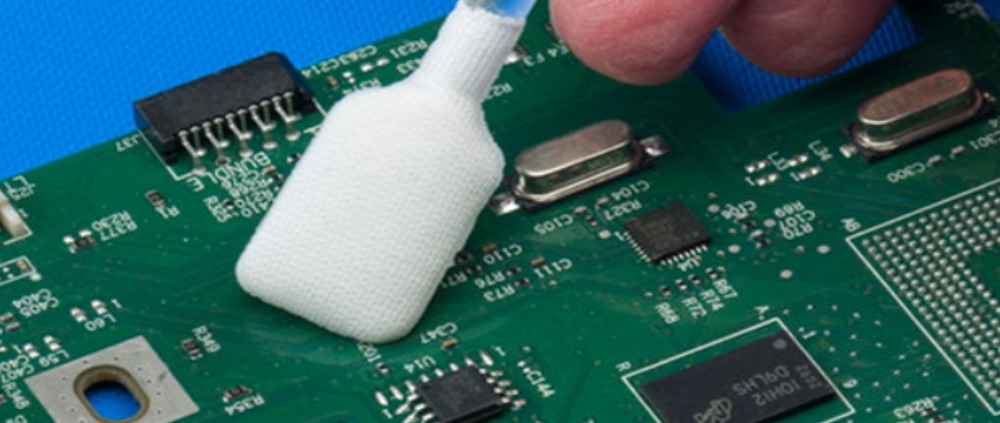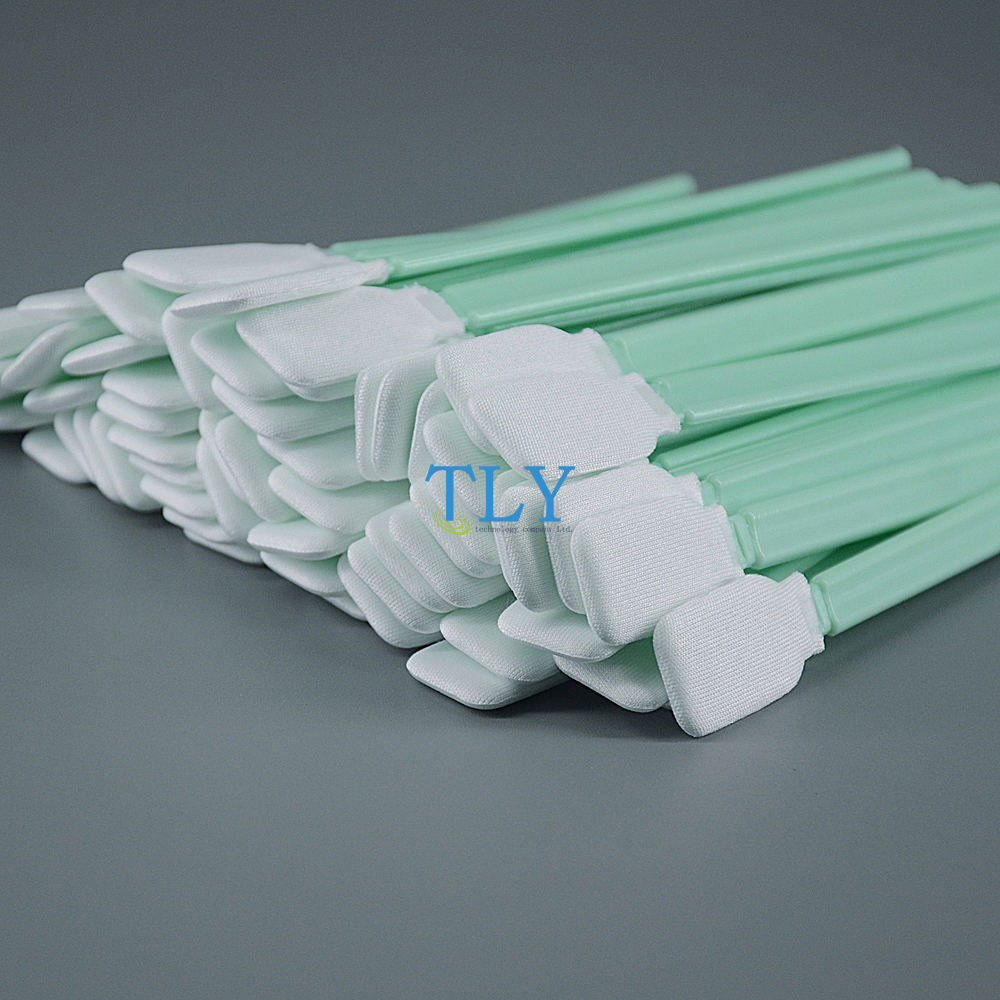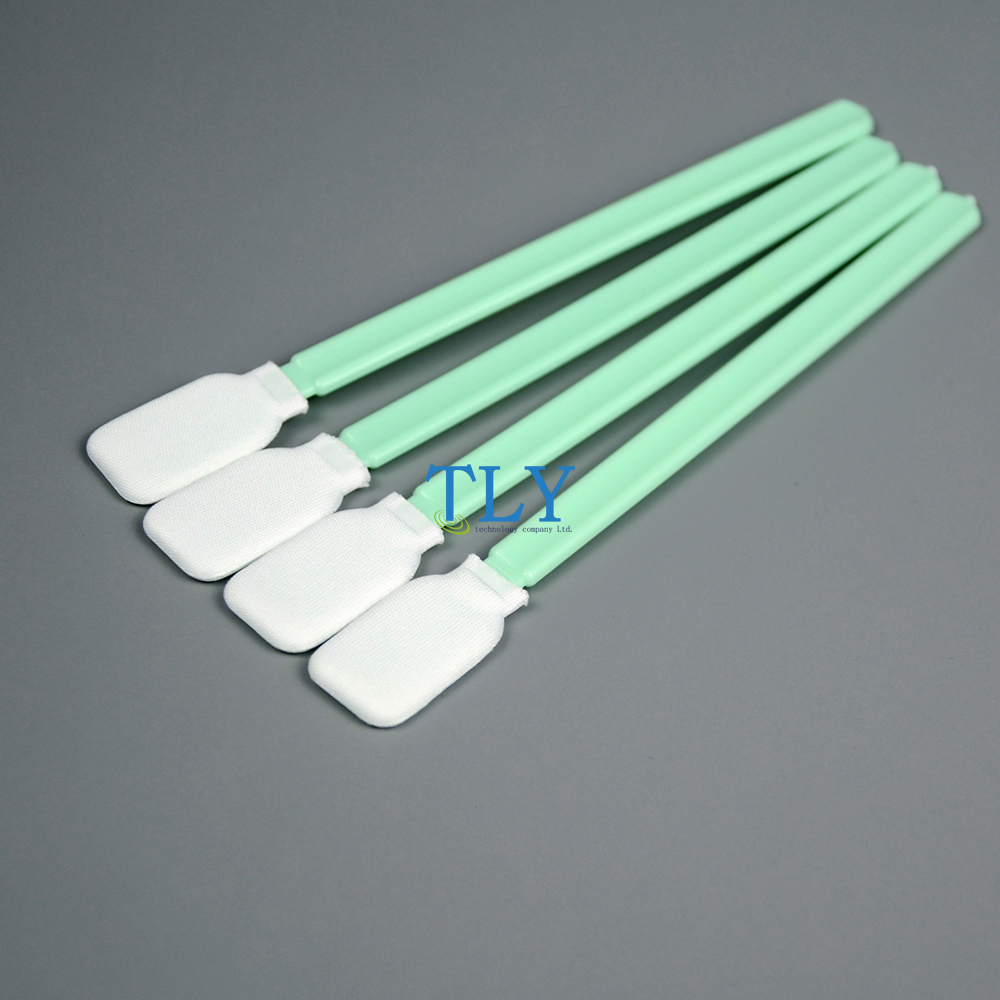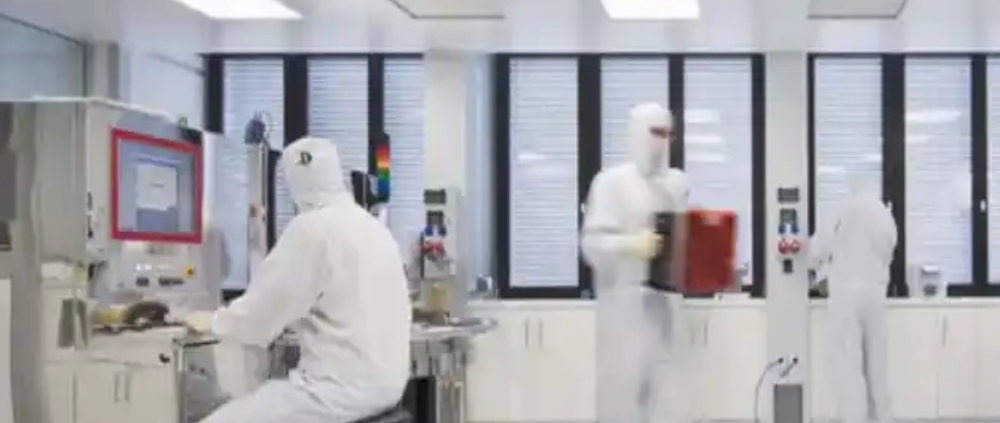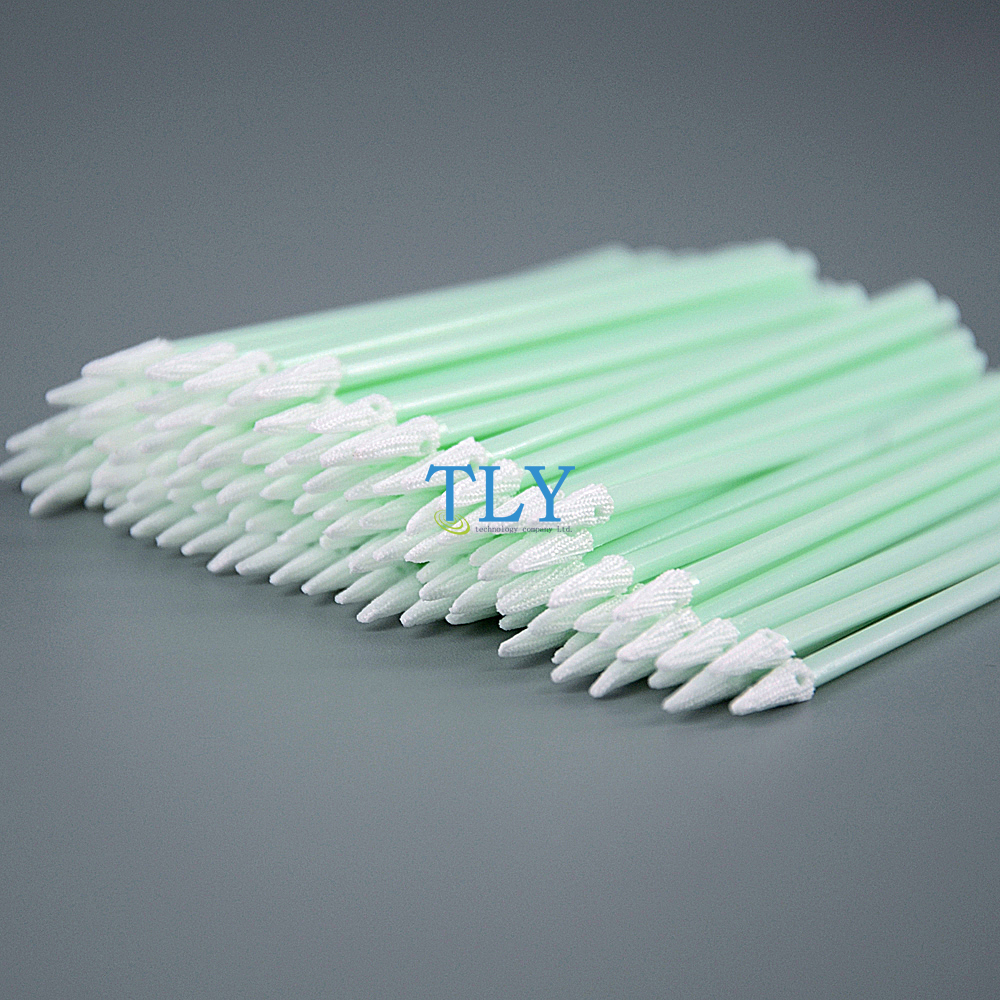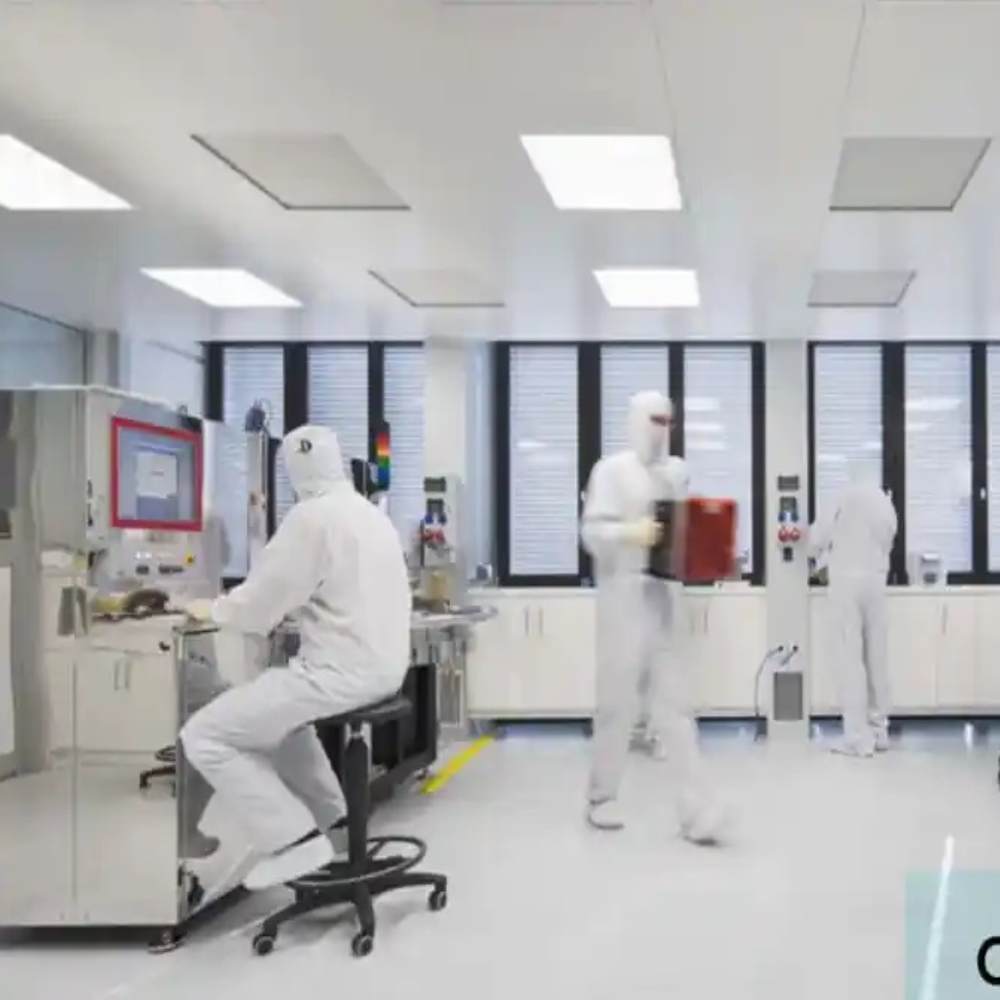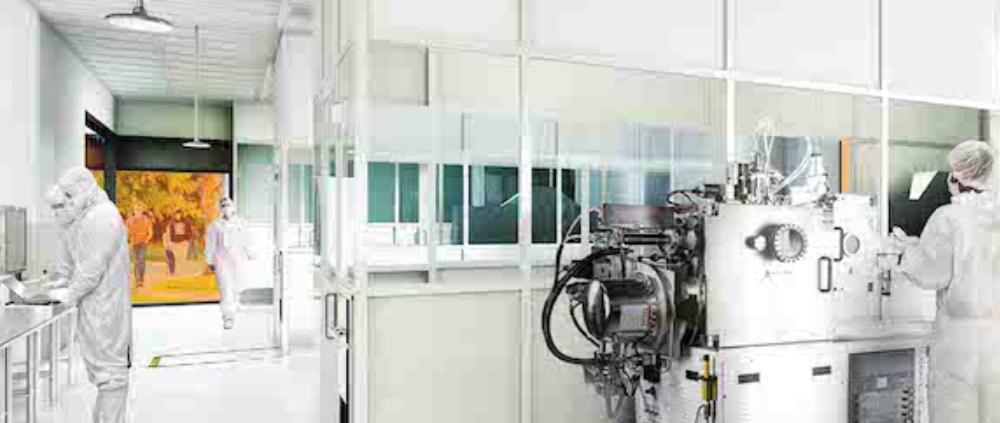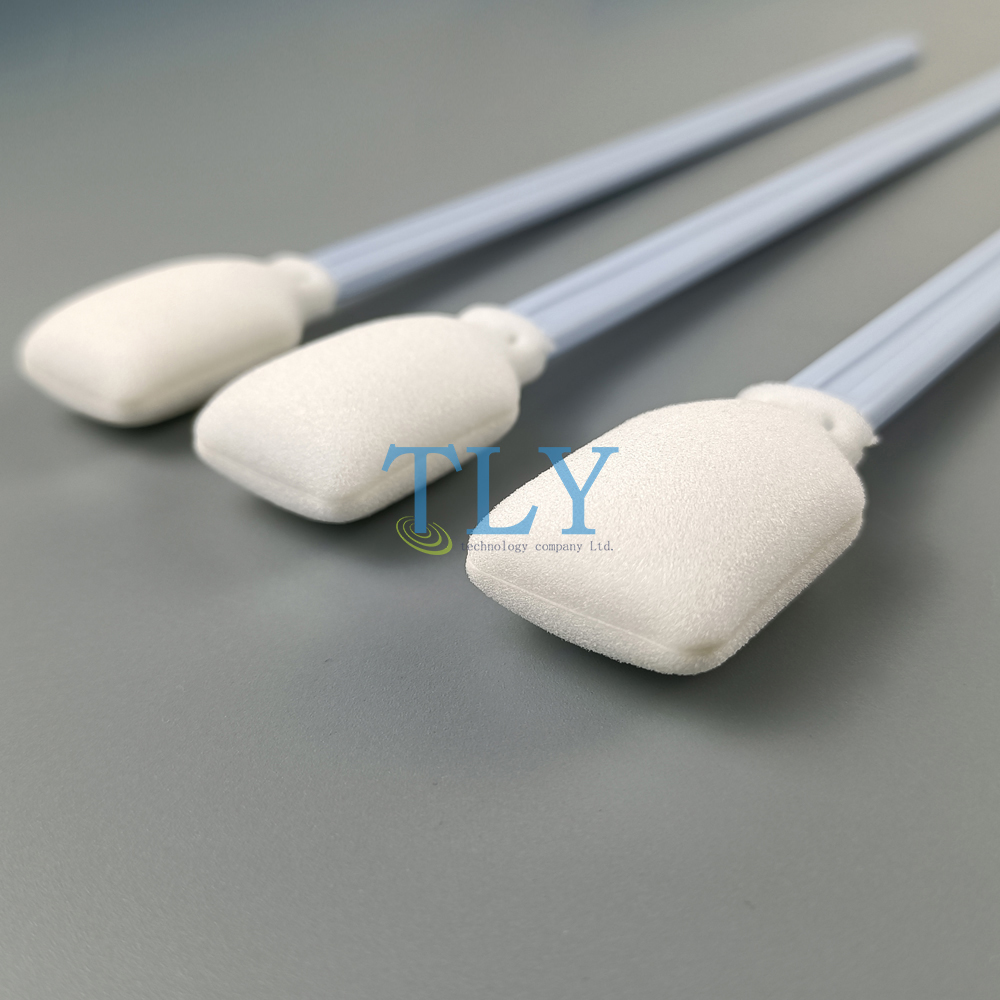FAULHABER opens modular cleanroom for the production of medical technology products
On September 13, the new cleanroom of the FAULHABER headquarters was unveiled and presented with both management and project managers present at the opening.
The cleanroom has a surface area of 90 sqm and will be used in the future to make products for medical technology and the pharmaceutical industry under controlled conditions. Production in the cleanroom will start in the middle of next year.
The medical technology market is continuously shaped by new trends, and the requirements for quality and purity of the applied drives pose specific challenges. To create more production capacity for drive systems for this future industry, FAULHABER recently installed and opened a new cleanroom at its main location. The drives that will be made here from 2024 meet the special requirements of the medical industry and are suitable for all kinds of medical and pharmaceutical technology.
The new cleanroom has a surface area of 125 sqm, of which 90 sqm is reserved purely for production, surrounded by airlocks for personnel and equipment to ensure that cleanroom conditions are maintained.
Andreas Melzer is the head of the Safety, Facility & Maintenance department at FAULHABER. He explains: “Our cleanroom is certified according to ISO Class 7. This means that the permitted concentration of particles in the air is limited, as is microbiological contamination of the air.”
This level of cleanliness is achieved by changing the air 25 times per hour, which means that the air is completely replaced approximately every two and a half minutes. By comparison, in other production areas without cleanroom conditions, the air is replaced three or four times per hour. That shows how powerful the ventilation system for the new cleanroom is.
It took the project team seven months to set up the new production space.
The construction work was carried out behind a wall, which protected the ongoing production from penetrating dust. The new cleanroom was opened on 13th September, 2023 in the presence of the project team and Managing Directors Lutz Braun, Dr Udo Haberland and Hubert Renner.
For FAULHABER, the new addition means an increase in production capacity. The branch in Schönaich, Germany, has had a cleanroom tent for products for the semiconductor industry since 2021.
Melzer added: “But the first permanent cleanroom at this location is something very new, and very exciting for us.”
Commissioning is planned for mid-2024, when there will be a permanent team of FAULHABER employees trained and equipped for cleanroom work, who will primarily work in the new facility.
Before then, the room still needs to be equipped with workstations and equipment, and the cleaning system still needs to be connected to the material lock. This ensures that all components used meet cleanroom requirements.
Thanks to the modular structure of the new FAULHABER cleanroom, future expansion of production capacity in this area is possible.

